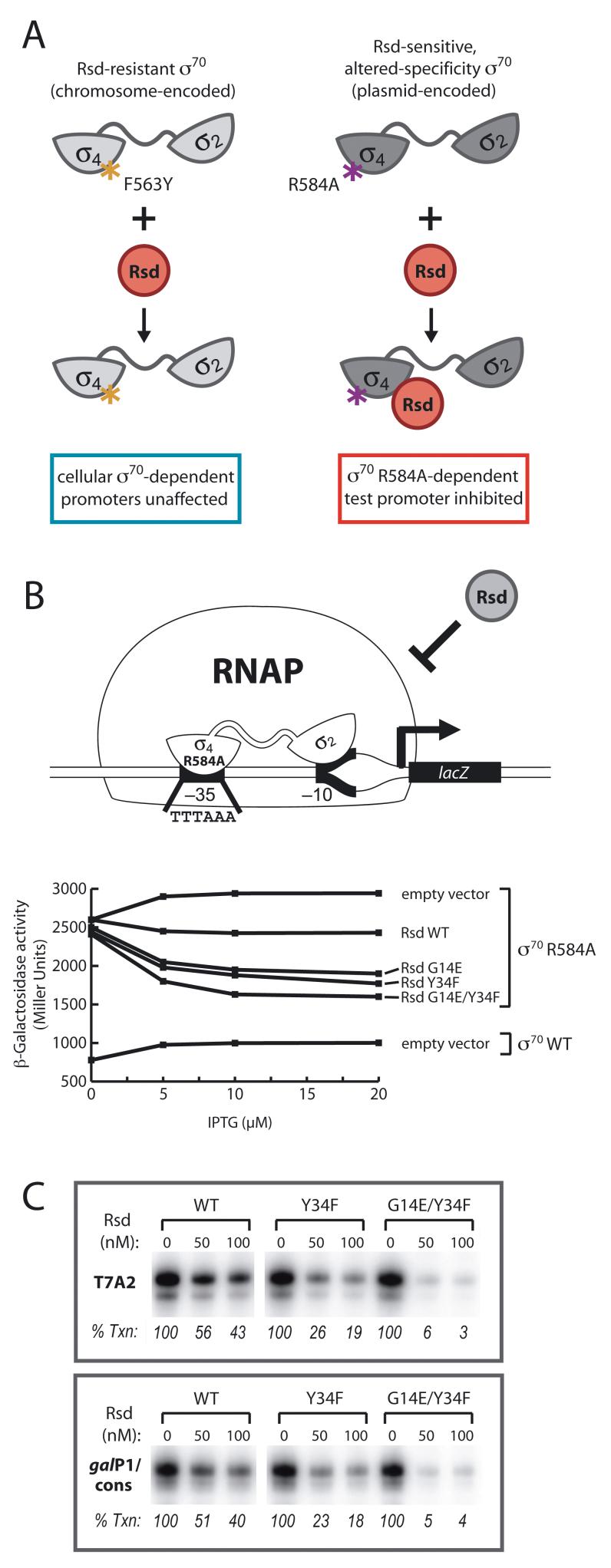Figure 1. A genetic screen for isolating enhanced-function Rsd mutants.
A. Screen design. Plasmid-encoded Rsd preferentially targets a σ70 altered-specificity DNA-binding mutant, σ70 R584A, which specifically recognizes a mutated test promoter driving the expression of a lacZ reporter gene located on an F’ episome. The chromosomal copy of the rpoD gene in strain BG77 contains a mutation specifying the F563Y mutation, which renders cellular σ70-dependent transcription resistant to Rsd.
B. Results of β-galactosidase assays performed with BG77 cells containing two compatible plasmids: one (pLXσ70) encoding the indicated σ70 protein and the other encoding the indicated Rsd protein (pACRsd) or no Rsd (pACΔCI). The plasmids directed the synthesis of σ70 and Rsd under the control of a weak-constitutive promoter and an IPTG-inducible promoter, respectively, and the cells were grown in the presence of increasing concentrations of IPTG.
C. Results of single-round in vitro transcription assays performed with DNA templates bearing the T7A2 promoter or the galP1/cons promoter in the absence or presence of increasing concentrations (50 or 100 nM) of the indicated Rsd protein. Data shown are from one of three independent experiments, the averages and standard deviations of which are presented in Fig. S1.

